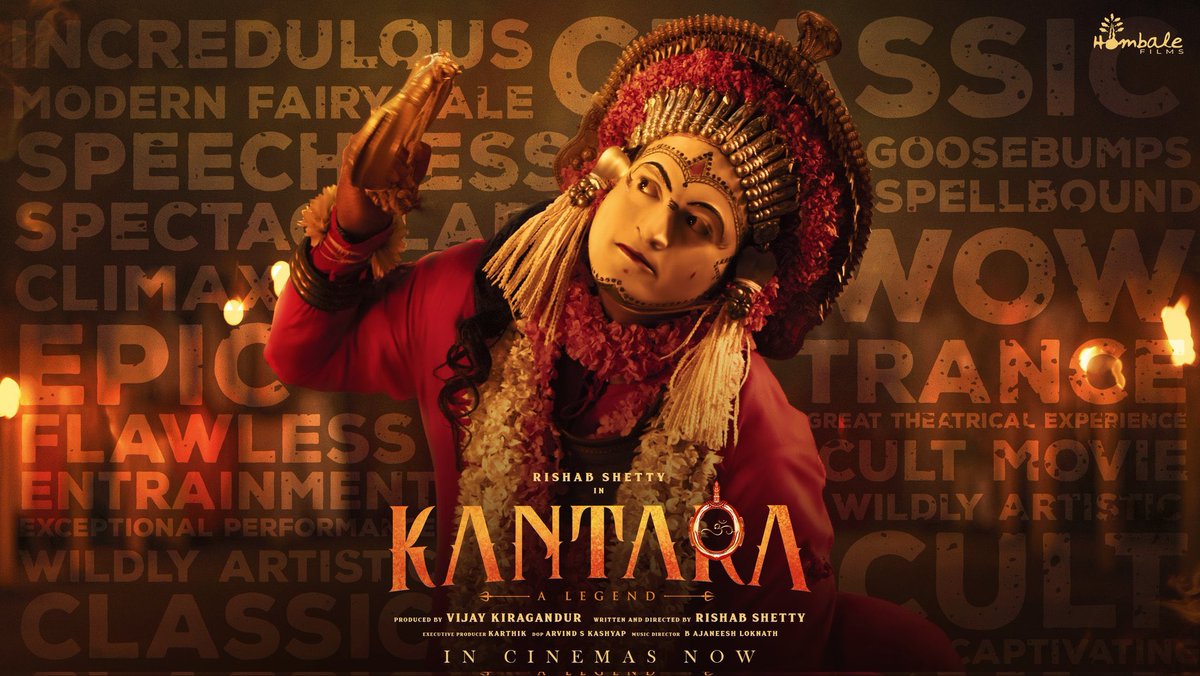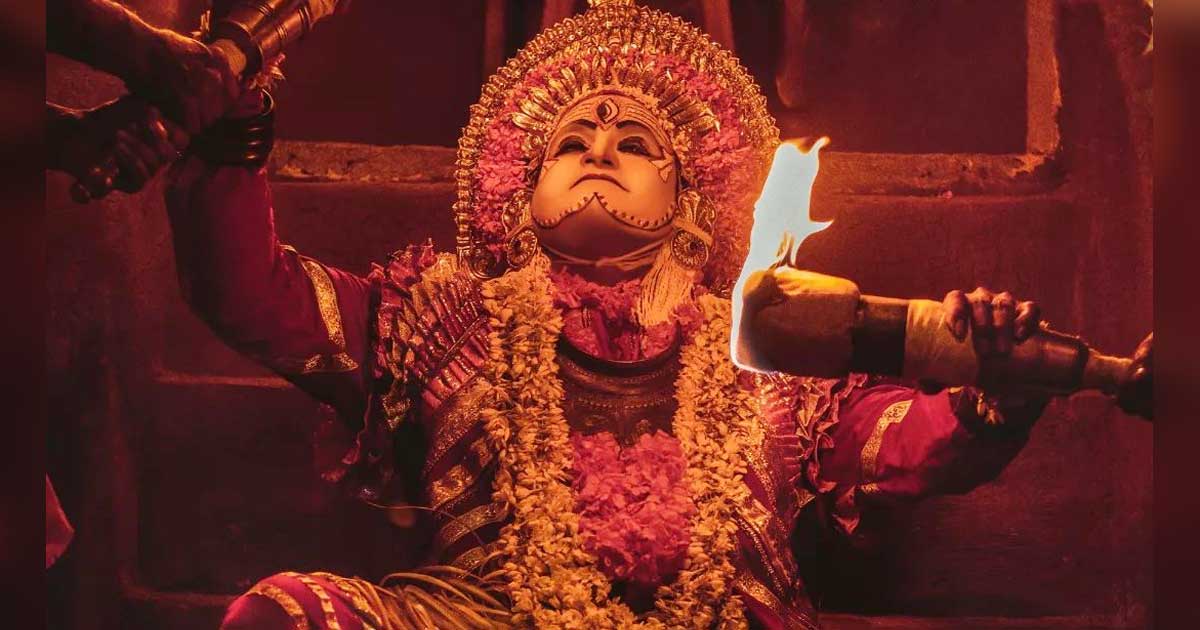Featured
KANTARA
Rishab Shetty’s Kantara, a recent Kannada film, asks an old question that never got old: Who owns the land? Three possible answers: the king, the landlord, or the people. Or no one – land is eternal, and so is its owner, the Almighty (or nature itself). This tripartite struggle marks the screenplay, too, which cuts from 1847 to 1970 to 1990. The whole saga originated from an elemental concern: a restless ruler craving contentment.
In 1847, a powerful king searches for solace far and wide. He eventually finds it in a small statute in a forest. The king can own it on one condition, says a man possessed by the deity, he’d have to grant a large portion of the land to the villagers. 1970: the villagers continue to own the land, but the king’s descendant, a landlord, has become greedy, threatening to usurp the property via legal action. A few days later, the deity speaks: The landlord dies on the stairs of the court, his mouth spurting blood. 1990: a peaceful village, a benevolent landlord, and a carefree young man, Shiva (Shetty), indifferent to the past. But a new forest officer, Murali (Kishore), unmoved by local customs, considers the villagers encroachers and wants to restore law.
When Shiva’s (Rishab Shetty) father, a Kola ritual performer also known as Bhoota, disappears mysteriously in the forest, after a fight with a feudal landlord who demanded the land to be given to the tribal community, he antagonises a DFO named Murali confusing him as their usurper. Trapped by the feudal lord, Shiva picks up fights with Murali, who thinks the former is a smuggler who uses native culture to loot the forest wealth.
His love interest Leela (Sapthami Gowda) joins the Forest Department as a forest guard and helps the department in surveying the government forest land. Shiva’s brother, Guvurva, who doesn’t want to support the feudal lord in grabbing land granted to the natives, gets killed. Shiva is forced to fight with Murali, when he is caught in this crossfire. Finally, both Shiva and Murali join hands to fight against the deep-rooted feudalism in coastal Karnataka.
Kishore, as a law-abiding forest officer whose heart is with the protection of the oppressed community, steals the show. He excels as a character who gets caught in a tussle between the system, politics and the problems of the people. Similar is the performance of Achyuth Kumar as a treacherous landlord.
The locations are colourful and vivid, and the background music by B. Ajaneesh Loknath represents the ethos of the land. Cinematographer Arvind S Kashyap’s meditative shots showcase the native culture and capture the rustic locales in their grandeur. The filming of the Kambala sequences (the annual buffalo race, held in coastal Karnataka and celebrated by the farming community) is testimony to his brilliant takes.
Popular Posts
Tumbbad: A Dark and Haunting Tale of Greed and Folklore
- Get link
- X
- Other Apps



Comments
Post a Comment